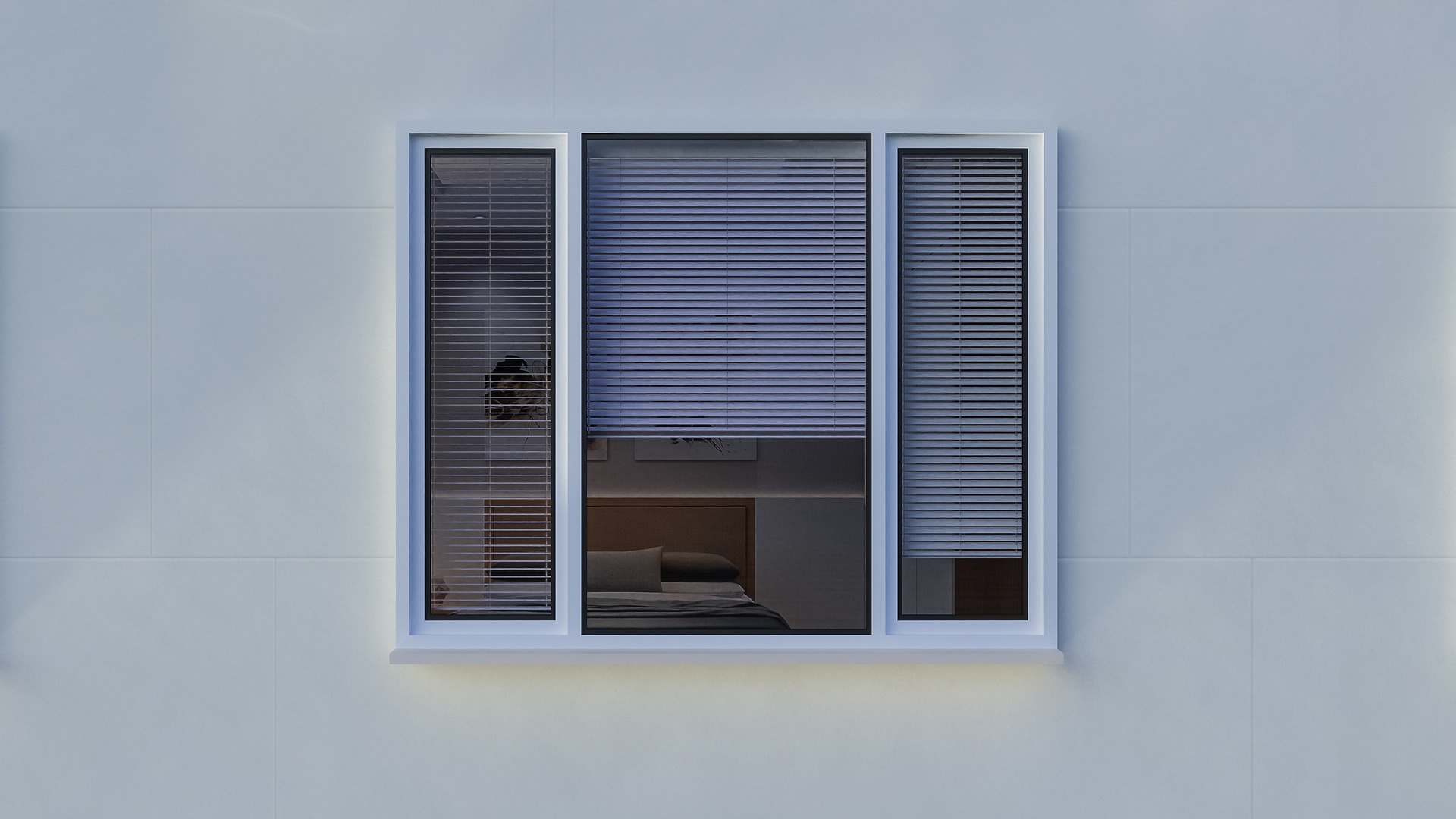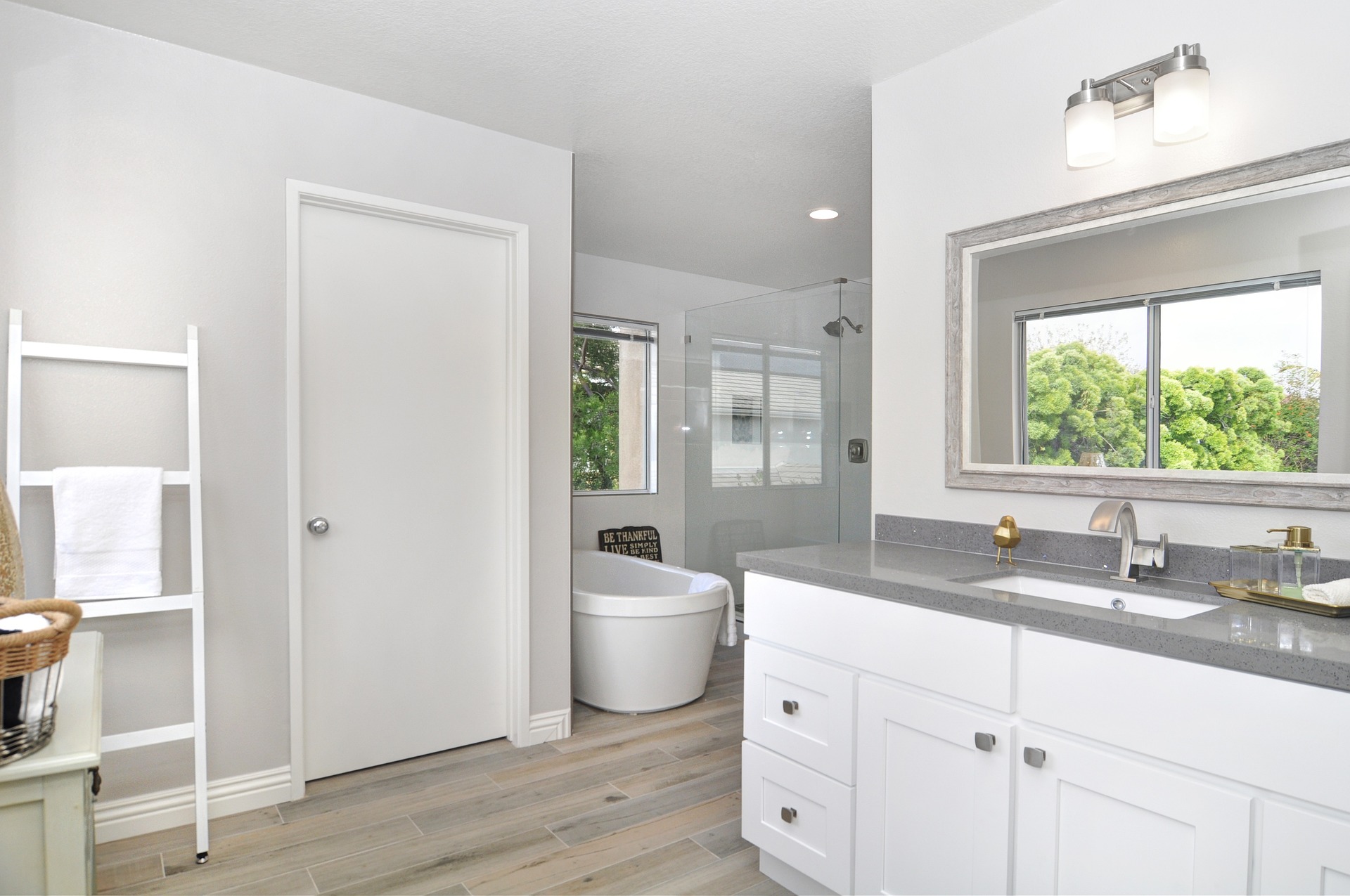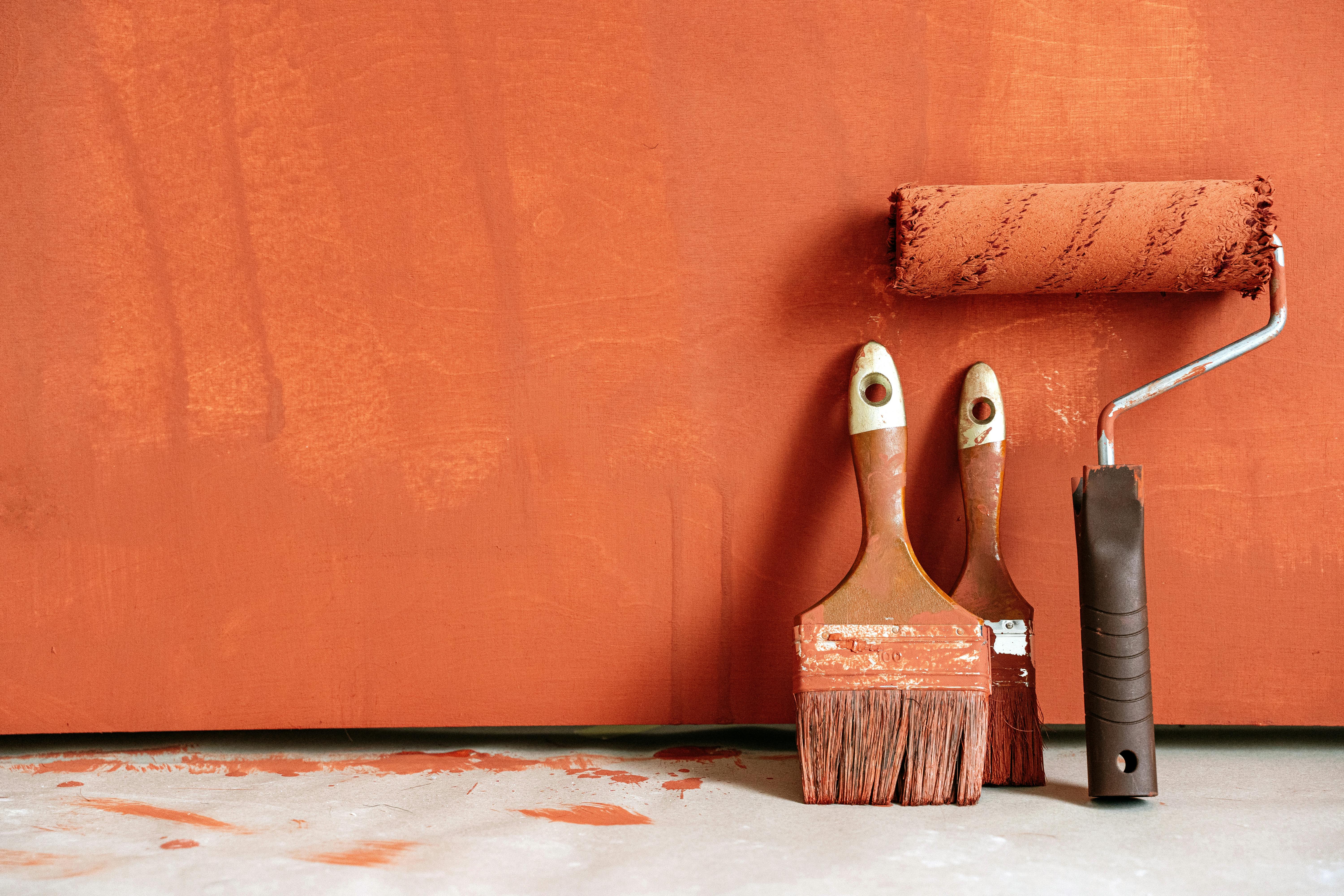Wabi-Sabi: Embracing Imperfection in Home Design
In a world obsessed with perfection, the ancient Japanese philosophy of Wabi-Sabi offers a refreshing perspective, celebrating beauty in imperfection and transience. This concept, while deeply rooted in traditional Japanese aesthetics, is increasingly influencing modern home design. Imagine a space where worn edges, organic textures, and simple elegance come together to create a serene, harmonious environment that speaks to the soul.

The Origins of Wabi-Sabi
Wabi-Sabi stems from the Zen Buddhist concept of simplicity and appreciation of the natural cycle of growth and decay. Historically, it was embraced by tea masters in the 15th century as an antidote to the opulence of Chinese culture at the time. The term itself combines two separate ideas: “Wabi” suggests a rustic simplicity, while “Sabi” conveys the beauty that comes with age. Together, they form a philosophy that finds charm in the imperfect, impermanent, and incomplete.
Modern Interpretation and Influence
In today’s fast-paced world, the Wabi-Sabi aesthetic offers a counterbalance to the pursuit of perfection. Designers are increasingly integrating this philosophy by choosing materials and items that tell a story, such as weathered wood, handmade ceramics, and textiles with a rough, natural texture. The focus is on creating spaces that feel lived-in and authentic, rather than pristine and untouchable. The influence of Wabi-Sabi extends beyond individual elements; it’s about crafting an environment that encourages mindfulness and appreciation for the present moment.
Practical Application in Home Design
Incorporating Wabi-Sabi into your home involves more than just selecting the right materials. It’s about embracing a mindset that values the passage of time and the evidence of life lived. Consider leaving a wall unpainted to reveal the layers of history beneath, or displaying a collection of mismatched chairs that reflect years of use and stories. These choices not only make a space unique but also bring a sense of calm and grounding. Additionally, Wabi-Sabi can be applied to decluttering by focusing on meaningful possessions rather than accumulating items for the sake of decor.
Market Trends and Consumer Appeal
The growing interest in Wabi-Sabi aligns with a broader trend towards sustainability and mindfulness. As consumers become more conscious of their environmental impact and the importance of mental well-being, the appeal of this philosophy is increasing. In the home decor market, there is a noticeable shift towards products that are not only aesthetically pleasing but also have a story or artisanal touch. This trend is evident in the rising popularity of handmade goods, vintage finds, and materials that age gracefully.
The Emotional Impact of Wabi-Sabi
Ultimately, the Wabi-Sabi approach to design is about creating spaces that foster emotional connection and contentment. By embracing imperfections and the natural aging process, we allow our homes to become reflections of our own journeys. This philosophy encourages us to find beauty in the mundane and appreciate the passage of time, resulting in a living environment that is not only visually appealing but also emotionally fulfilling. It’s an invitation to slow down, savor the moment, and find joy in simplicity.
In conclusion, Wabi-Sabi is more than just an aesthetic choice; it’s a way of life that resonates with those seeking authenticity and mindfulness in their living spaces. By incorporating this philosophy into home design, we can create environments that are not only beautiful but also nurturing and meaningful.




